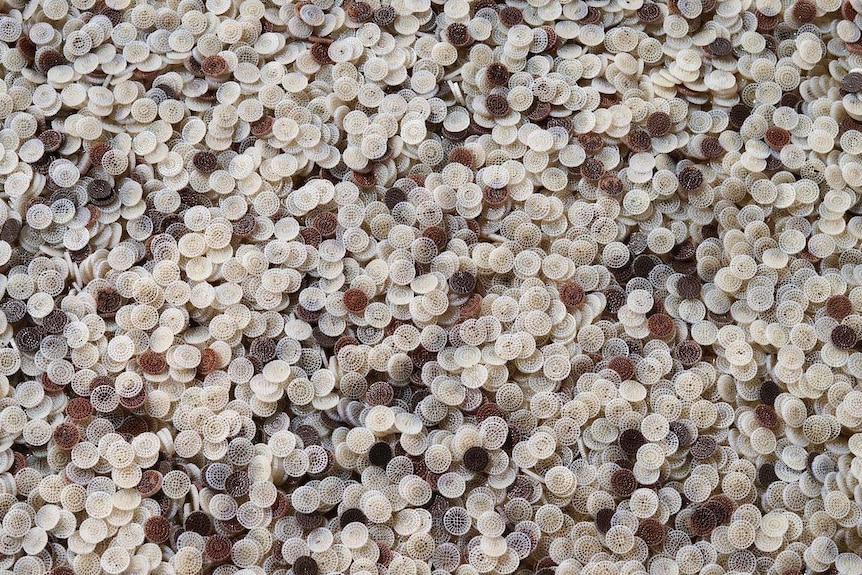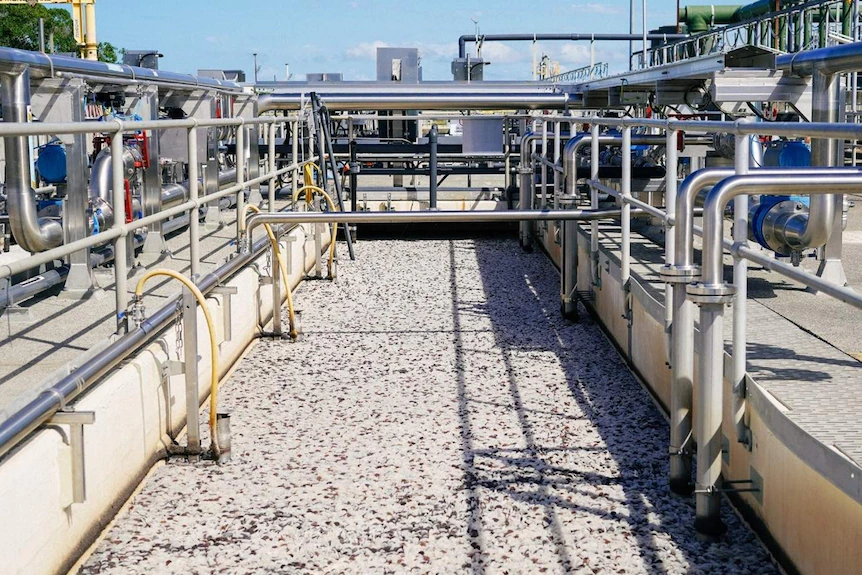Anammox Superbug to Treat Wastewater in Australia

Sewage treatment plants rely on bacteria to digest solid waste. This process is energy-intensive as the bacteria require a constant supply of oxygen via pumps. The process of removing nitrogen from wastewater is not very efficient. Wastewater treatment produces effluent (which can be recycled or discharged to the environment) and sludge. Sludge can in some situations be used to generate electricity or used as a fertiliser.
The tricky part is the sludge - as it contains a high level of nitrogen. Nitrogen needs to be managed properly in the wastewater treatment process as it can lead to eutrophication - algae growth in water bodies - and kill aquatic life.
Enter Anammox superbugs.
Anammox (anaerobic ammonium oxidation) is a class of bacteria that consumes ammonia and releases nitrates. These bacteria were identified in the late 1990s.
In this process, the ammonia is directly oxidised to nitrogen gas without the presence of oxygen. They produce a distinct red glow in the presence of a high load of nitrogen-based compounds.

Urban Utilities Farms Anammox Superbugs
This is the first time that Anammox bugs have been farmed in Australia and it took Urban Utilities over 5 years to grow the superbug needed for sewage treatment. This is because bacteria require time and the right environmental conditions to grow. It can take more than 2 weeks for a cell to grow to two cells. Now there’s enough to fill 10 backyard swimming pools! The Anammox bug's voracious appetite is the key to treating wastewater in a sustainable and efficient way.

The bug is farmed at the Urban Utilities innovation centre at Luggage Point in Pinkenba, Brisbane. Which is the largest sewage treatment plant in Queensland, treating sewage from 800,000 Queenslanders each day. Thanks to the Anammox bacteria, there is now 10% extra capacity at the treatment plant.
“These remarkable bugs might be tiny, but their healthy appetites are key to unlocking a cleaner, greener and more efficient way to treat sewage,” said Urban Utilities spokesperson Michelle Cull.
“The bugs feed on nutrients like ammonium and nitrogen, naturally removing them from sewage, requiring less chemicals and energy than traditional treatment processes. The amazing anammox will help clean an equivalent of around 50 Olympic swimming pools every day as they are added to sewage, eating the waste and leaving the water behind.”
“We’re expecting to save around $500,000 a year by using less power and chemicals and with a more efficient treatment process, the plant will have more capacity to cater for future population growth,” Ms Cull said.

Benefits of using Anammox bugs for wastewater treatment
Anammox doesn’t require oxygen to remove pollutants from the wastewater. That in itself saves a lot of energy and reduces the need for chemicals. Compared to traditional methods, using Anammox will help Urban Utilities save over $500,000 a year in operation costs.
Challenges
Australian laws are very strict when it comes to biosecurity preventing the bug to be imported. It had to be grown from scratch in the right environmental conditions. Now that it has been grown successfully, Urban Utilities will be able to share the bug across Australia.
This poo-loving superbug is slated to change the way we treat wastewater across the country.
References
watertechonline.com/wastewater/article/16190935/breeding-better-bugs-is-tiny-bacterium-the-next-big-thing-in-nitrogen-removal
https://urbanutilities.com.au/newsroom/articles/anammox-superbugs-revolutionising-wastewater-treatment-USLIAMCmaEqMi9wat__sAQ
https://www.abc.net.au/news/2016-10-14/superbug-to-process-effluent-instead-of-chemicals%C2%A0/7934464
https://www.abc.net.au/news/2021-03-02/qld-anammox-bugs-wastewater-treatment-sewage-brisbane/13196530